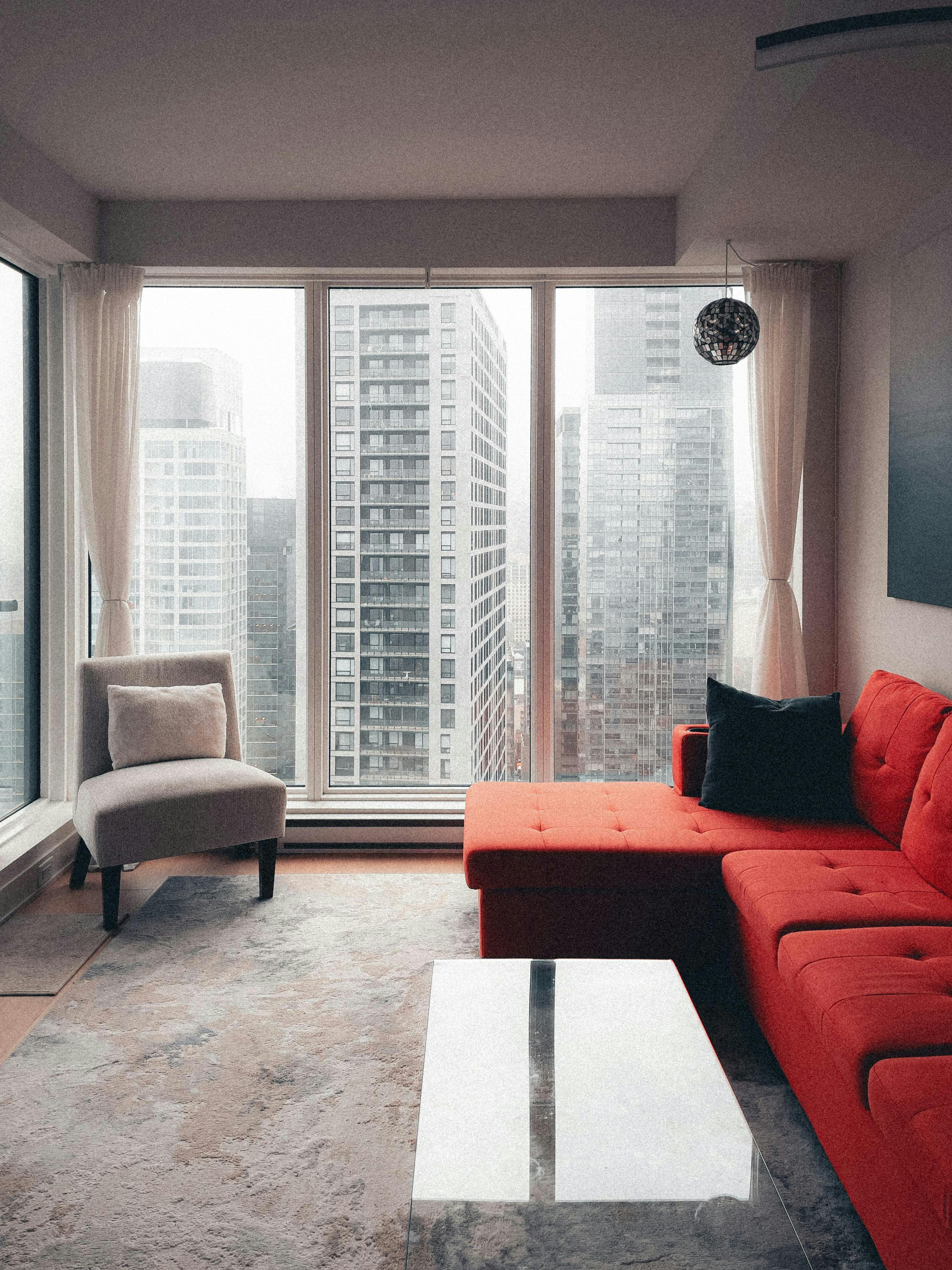Understanding the Risks of Disturbing Mold in Your Home

Mold is a common issue in many households, thriving in damp and humid conditions. It's not just an unsightly problem; it can also pose significant health risks, especially when disturbed. When mold spores are released into the air, they can be inhaled or come into contact with the skin, potentially leading to allergic reactions, respiratory issues, and other health concerns. Understanding what happens when mold is disturbed and how to prevent its spread is crucial for maintaining a healthy living environment.
The Release of Mold Spores
Mold reproduces through tiny spores that are invisible to the naked eye. These spores are usually harmless when contained, but when mold is disturbed, it releases these spores into the air. This can happen during cleaning, remodeling, or even through everyday activities that shake or move the mold-infested area. The disturbance increases the risk of inhalation or skin contact with these spores, which can lead to health problems, particularly in sensitive individuals.
Health Risks Associated with Mold Exposure
Exposure to mold spores can cause a variety of health issues. For those with mold allergies or asthma, inhaling or touching mold spores can trigger allergic reactions and asthma attacks. Symptoms may include sneezing, runny nose, red eyes, skin rash, and in more severe cases, difficulty breathing. Even for individuals without known allergies, prolonged exposure to mold can irritate the eyes, skin, nose, throat, and lungs. It's important to recognize that biotoxins from water-damaged buildings can significantly contribute to dysregulation of the innate immune system, leading to chronic inflammation. Symptoms not already detailed may include disorientation, mood and appetite swings, excessive thirst, increased urination, static shocks, numbness, tingling, vertigo, metallic taste, and tremors. These symptoms highlight the complex and potentially severe health impacts of mold exposure and the importance of proper indoor air quality management. Disclaimer: This information is intended for general educational purposes only and should not be used as a substitute for professional medical advice, diagnosis, or treatment. Always consult a healthcare professional for personalized medical advice.
Preventing Mold Growth and Spread
The key to controlling mold is moisture management. Since mold needs moisture to grow, reducing humidity levels and fixing leaks can significantly decrease the risk of mold development. Here are some tips for preventing mold in your home:
- Control Humidity Levels: Use dehumidifiers and air conditioners to maintain indoor humidity below.
- Fix Leaks Promptly: Address leaks in roofs, walls, and plumbing as soon as they are detected to prevent moisture accumulation.
- Ensure Proper Ventilation: Use exhaust fans in bathrooms and kitchens to remove moisture to the outside and keep the air circulating within your home
- Dry Wet Areas Immediately: Clean and dry any damp or wet areas within 24 to 48 hours to prevent mold growth.
Safe Mold Cleanup Practices
If you discover mold in your home, it's essential to clean it up carefully to avoid disturbing the spores. For small mold problems, you can clean the area with detergent and water, ensuring the space is thoroughly dried afterward. However, for larger infestations or if you're sensitive to mold, it may be best to hire professionals who have the necessary equipment and expertise to safely remove the mold without spreading the spores.
Conclusion
Mold in the home is not just a cosmetic issue; it poses real health risks, especially when disturbed. By understanding the dangers of disturbing mold and implementing preventive measures, you can protect yourself and your family from potential health problems. Remember, the best defense against mold is to control moisture and humidity in your home, ensuring a healthier and safer living environment.